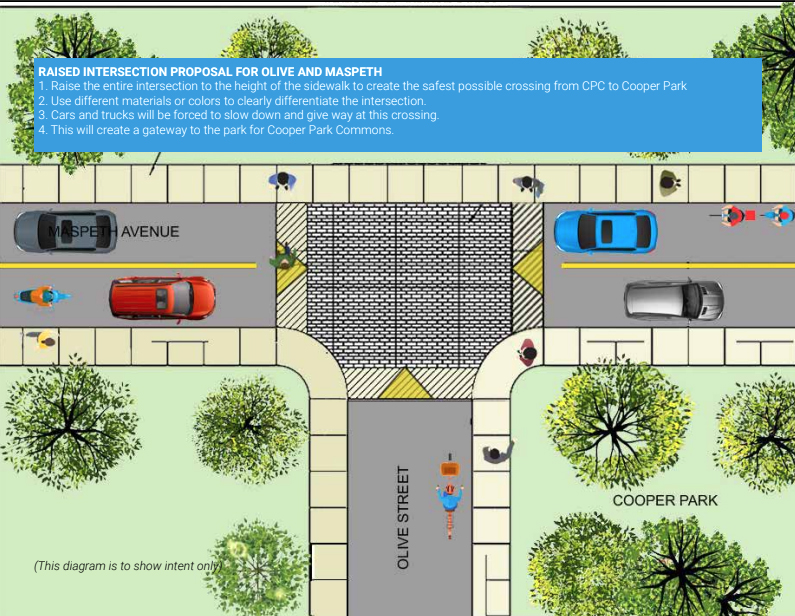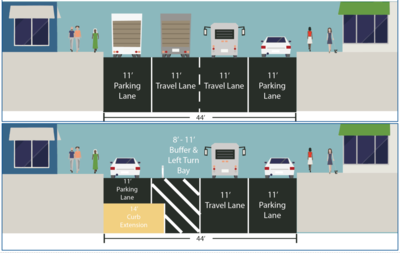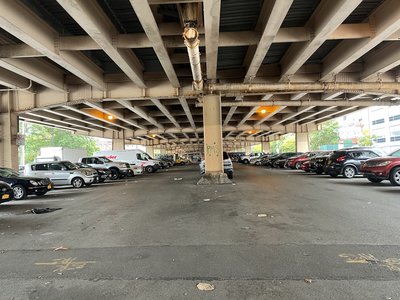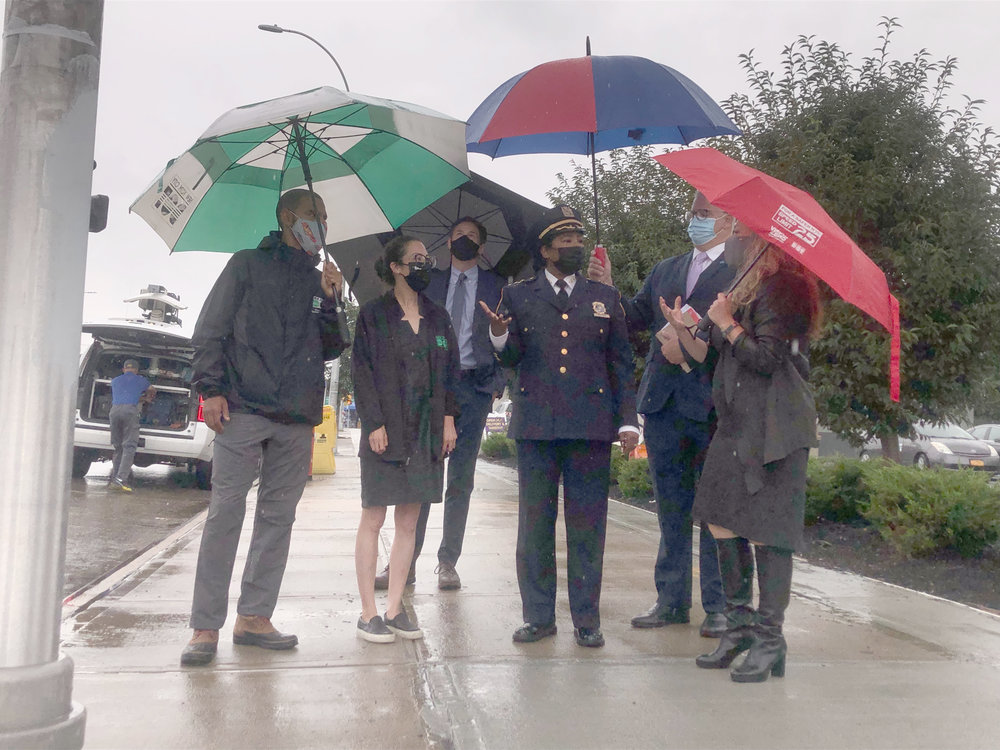Raised crosswalk proposal moves forward
A new raised crosswalk may be coming to an intersection near you.
Community Board 1 voted on Thursday to send a letter to study the proposal for a raised intersection on the corner of Olive Street and Maspeth Avenue. By having intersections that are flushed with the sidewalk, motorists are encouraged to slow speed and yield to pedestrians, according to the National Association of City Transportation Officials.
Currently, there are only 17 raised intersections in the city as part of the New York City Department of Transportation’s in house raised crosswalk program, according to a DOT representative. The DOT also stated that they have installed another 13 raised intersections as part of other Capital projects.
Mayor Eric Adams has pledged to convert 100 dangerous intersections each year into raised intersections.
“DOT crews are working diligently to increase the number of raised crosswalk to meet the Mayor’s goal. We have identified a number of locations that will be built with our in-house forces, some of which are already in construction. DOT is also working with our partner agency Department of Design and Construction to identify additional locations for inclusion in the capital program,” a representative from DOT said in an email.
Paul Kelterborn, a transportation committee member of Brooklyn Community Board 1, believes that this Williamsburg intersection is a perfect candidate. Kelterborn, a member of Friends of Cooper Park, believes that this improvement is necessary in large part to the influx of new residents that will be coming to the community.
The Cooper Park Commons, a new building with 557 units of housing and 200 shelter beds, will be opening soon and Kelterborn believes the raised intersection is one of the policy proposals that will help accommodate the influx of thousands of new residents.
Kelterborn’s proposal advocated for the raised intersection to use different materials and colors to differentiate the intersection. In the interim, Kelterborn believes the DOT should add curb extensions for shorter crossing distances and increased visibility, install planters and granite blocks to keep cars out of pedestrian space, as well as remove parked cars that block visibility on street corners.
While the raised intersection is a new proposal, features such as curb bump-outs have been requested for over a decade. The first calls for safety improvement were proposed in 2008 when residents complained about the intersection’s “fast-moving and unchecked vehicle traffic.”
A pedestrian safety plan that advocated for bump-outs at the intersection was recommended in 2010 by the Cooper Park Neighborhood Association. The DOT made some minor traffic calming and signage changes in 2015 that critics say didn’t adequately address the street safety conditions in the area.
In 2019, the Greenpoint Renaissance Enterprise Corporation – a group of North Brooklyn community organizations – sent a letter to the DOT to express their concern about street safety.
But now, in 2022, over a dozen community organizations from the St. Nicks Alliance to elected politicians like Councilwoman Jennifer Gutierrez have endorsed the raised intersection as a solution for the Cooper Park area.
“I hope with a new administration that has a focus on street safety that we will be able to get something ambitious like this done. The DOT has been unresponsive in the past” Kelterborn said in an interview. “We need to be proactively making streets safer rather than reactive.”







